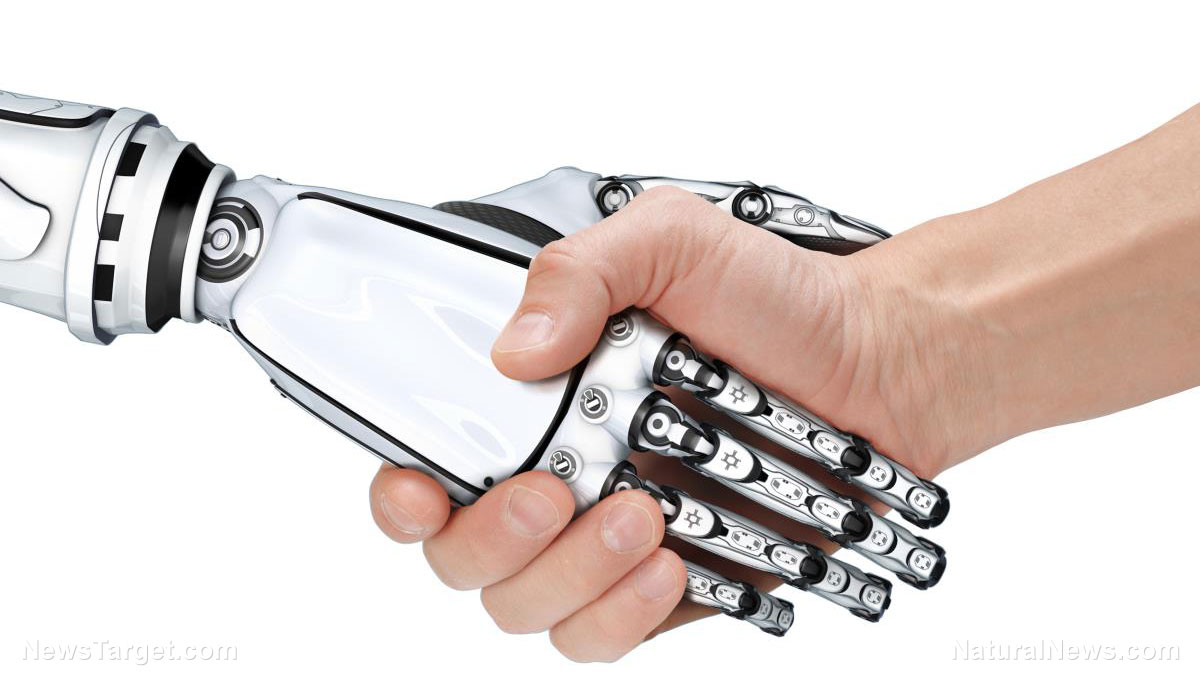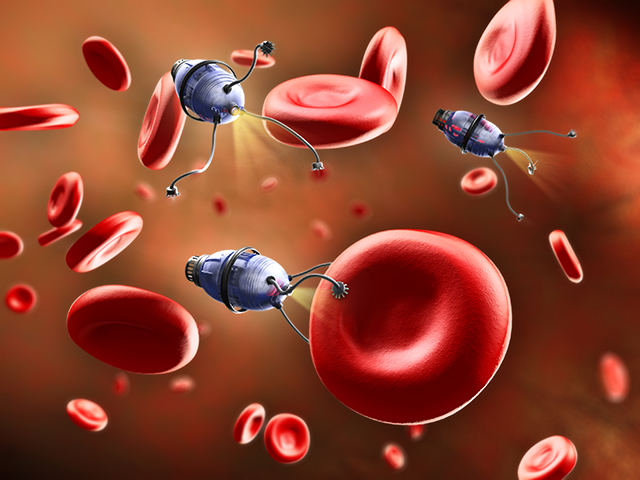Military announces “brain chip” allowing humans to plug into a computer
07/25/2017 / By Jayson Veley

In February of this year, Tesla and SpaceX CEO Elon Musk made a prediction that sounded as though it came straight out of a science fiction book. “Over time I think we will probably see a closer merger of biological intelligence and digital intelligence,” Musk said to an audience at the World Government Summit in Dubai. Elon Musk went on to make the case that unless human beings merge with machines and become one with the technology around us, we will not be able to keep up with the processing power of “artificial general intelligence,” a term that refers to artificial intelligence that is “smarter than the smartest human on earth.”
As it turns out, the U.S. military already has plans to do exactly what the Tesla CEO talked about in Dubai earlier this year. A total of $65 million has been set aside to fund the development of a “brain chip,” which would allow humans to literally be plugged into a computer. Such technology would give those courageously fighting out on the battlefield access to super-senses, and would even help with blindness, paralysis, and speech disorders.
According to DARPA officials, the goal is to create “an implantable system able to provide precision communication between the brain and the digital world.” To assist in the development of this technology, several universities and research companies have each been given multi-million dollar grants, including Brown University, Columbia University, The Seeing and Hearing Foundation, the John B. Pierce Laboratory, Paradromics Inc., and UC Berkeley.
“These organizations have formed teams to develop the fundamental research and component technologies required to pursue the NESD vision of a high-resolution neural interface and integrate them to create and demonstrate working systems able to support potential future therapies for sensory restoration,” the DARPA official explained.
While this new initiative is certainly intriguing to say the least, it’s not the first time scientists and researchers have attempted to merge machines with living, organic material. As a matter of fact, it is a concept that we have been experimenting with for years.
Ten years ago, a team of researchers at the University of Arizona in Tucson successfully used the eyes of a moth to control a robot. Project researcher Charles Higgins said at the time that he believed scientists would be combining living tissue and technology within 10 to 15 years.
In 2008, scientists came one step closer to being able to help people with paralysis walk again when they successfully controlled a robot using the brain activity of a monkey. Four years later in 2012, researchers were able to move a paralyzed hand by bypassing the spinal cord and connecting it directly to the brain. (Related: Read about how one paralyzed man was able to move his arm again.)
Clearly, technology that allows us to essentially turn human beings into walking computers would be extremely beneficial to humanity, and in more ways than one. Soldiers that have a brain chip implanted inside of their head would be able to use superhuman abilities on the battlefield, thus increasing their chances of survival. Tiny machines placed inside of our bodies could be the answer to curing blindness, deafness, or speech disorders. Devices that link the brain to other parts of the human body could potentially help people walk, including some people who have never taken a step in their lives, due to permanent paralysis. The possibilities are endless.
It is both inspiring and mesmerizing to think about where humanity will be fifty to one hundred years from now. Technology is advancing at a rate that is unparalleled throughout human history, and so long as it remains controlled and always in the interest of society as a whole, we all should embrace it.
Sources include:
Tagged Under: artificial intelligence, brain chip, computer-human interface, computing, DARPA, Elon Musk, military, technology



















